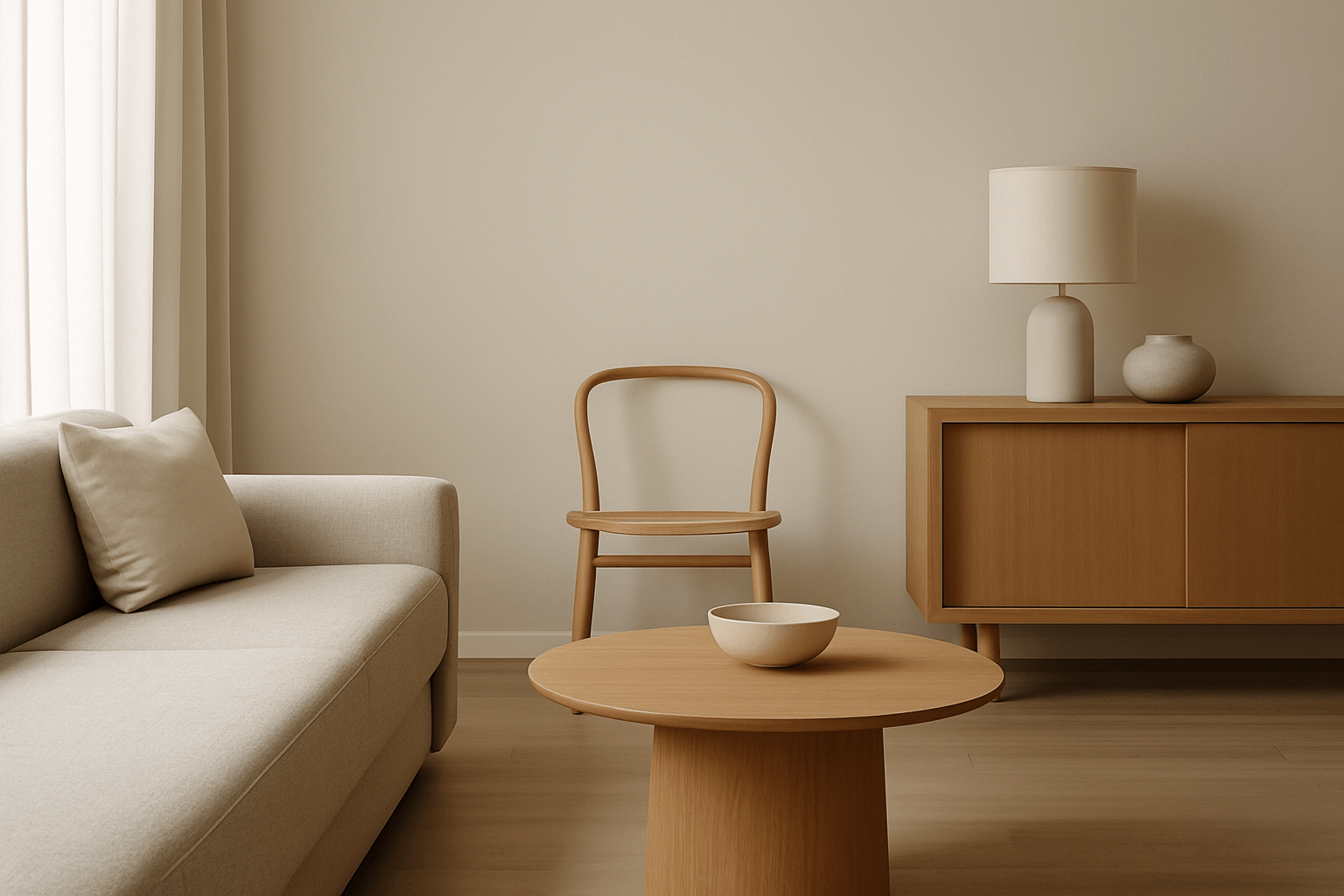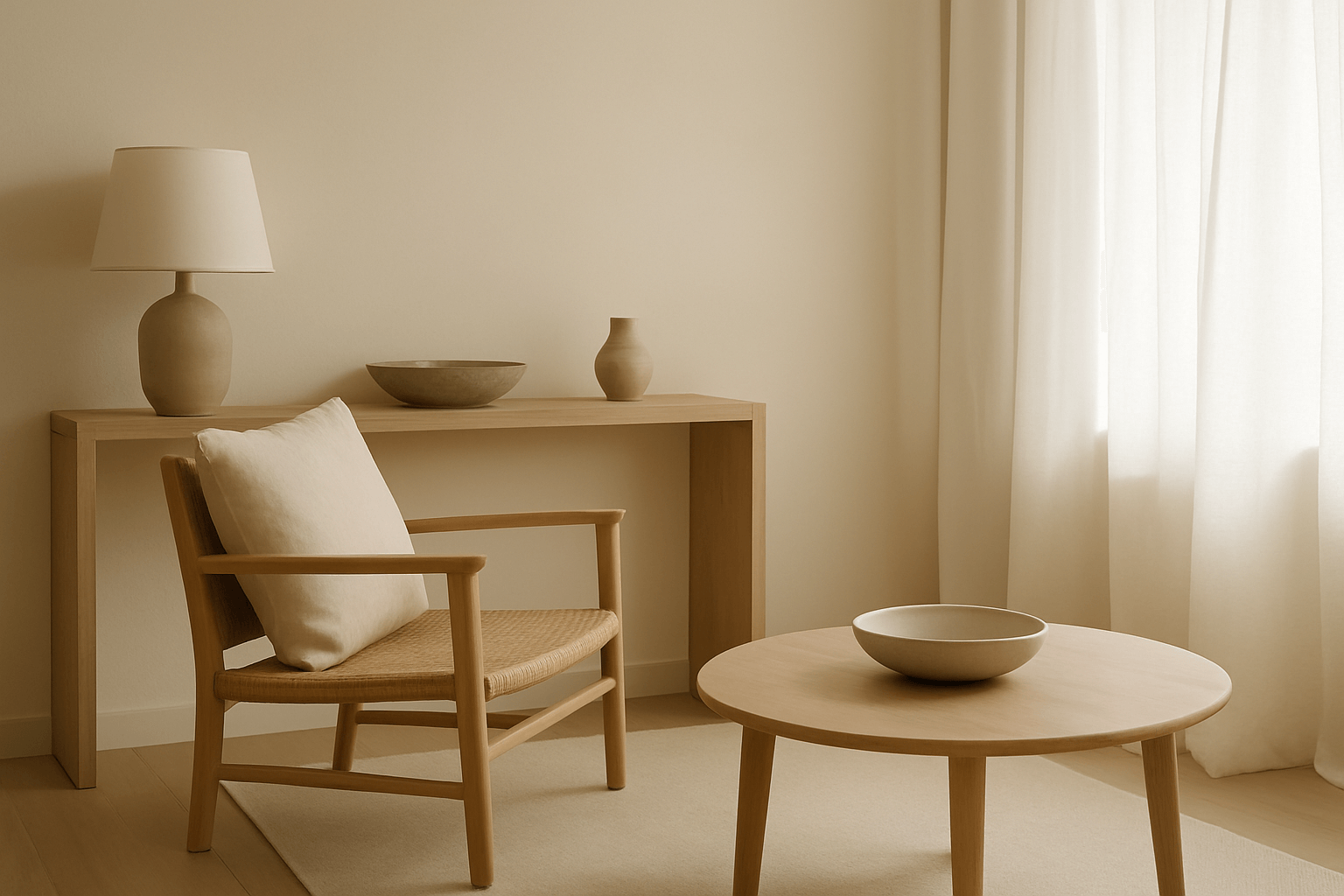Minimalism and Change Can Coexist
Minimalist homes are often seen as static — unchanging sanctuaries of calm. But in reality, even the most restrained space benefits from seasonal rhythm.
Refreshing your home doesn’t require clutter or reinvention. It’s about subtle shifts that align your space with light, mood, and nature’s quiet evolution.
1. Let Nature Set the Tone
Look outside. What’s shifting in your surroundings?
Use that as your guide — not trends.
For example:
-
Spring: light woods, soft linen, open windows
-
Summer: airiness, reflective surfaces, woven textures
-
Autumn: deeper tones, clay, warm lighting
-
Winter: thick textiles, candlelight, grounding shapes
Minimalism isn’t fixed. It responds — gently.
2. Change Texture, Not Quantity
Instead of adding more, shift materials.
Try:
-
Swapping out pillow covers
-
Layering a new throw over a chair
-
Switching a ceramic bowl for a wood tray
These gestures give new life to your space without overwhelming it.
3. Adjust Your Lighting
As the days lengthen or shorten, so should your lighting.
Tips:
-
Use floor lamps or sconces to extend golden hour
-
Bring warmer bulbs in for colder seasons
-
Let natural light lead — rearrange furniture to follow it
Minimalism thrives on light. Let it evolve with time.
4. Rotate Decor Instead of Adding
Store a few favorite pieces and bring them out with each season.
Example:
-
A pale branch in spring
-
A heavy clay pot in autumn
-
A sculptural candle holder in winter
This keeps your space fresh without accumulating.
5. Rethink Use, Not Just Style
Seasons change how we live, not just how we decorate.
Consider:
-
A reading nook in winter near warm light
-
A dining setup that moves toward the patio in summer
-
Lighter rugs or no rugs during warmer months
Minimal design becomes more human when it supports living with the seasons.
Final Thought
Refreshing your home with the seasons doesn’t mean breaking your minimalist flow. It means working with it, softly.
Even the quietest home can shift — just like the light.
















